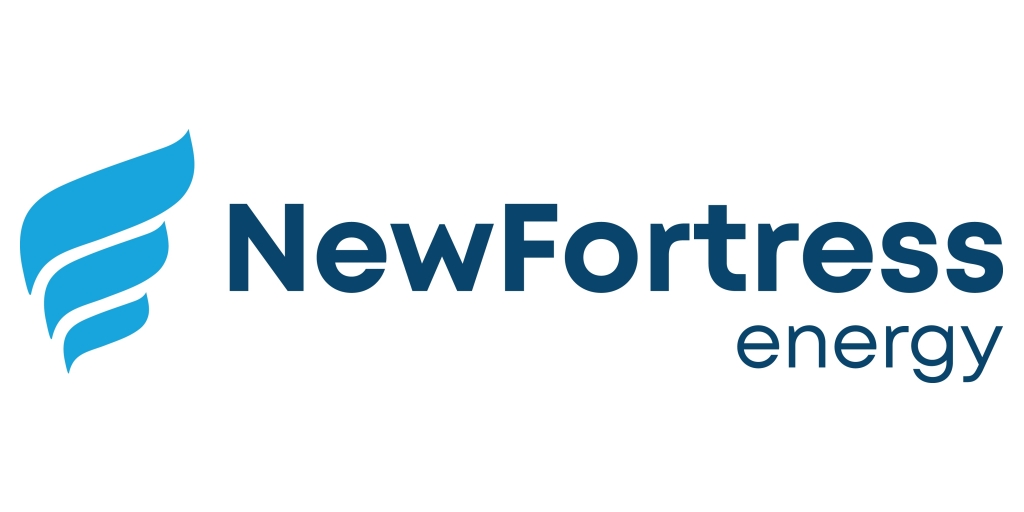ENGIE plans to develop 13 community-scale solar projects on former mines in Virginia, Tennessee, and Kentucky. These projects also take advantage of incentives from the Inflation Reduction Act, helping keep project costs down. ENGIE’s projects will range from 1 to 6 MW in size and will increase local access to clean power. “ENGIE is thrilled to collaborate on the development of these projects with The Nature Conservancy,” says Kristen Fornes, ENGIE head of distributed solar and storage. “Converting former coal mine sites into solar energy facilities presents a unique opportunity to transform environmental challenges into significant economic and social benefits. These initiatives not only contribute to the reduction of greenhouse gas emissions but also generate employment opportunities, rejuvenate local communities, and enhance access to clean energy in areas where it is most needed.”
These newly announced agreements build on 3C renewable energy efforts already underway by the Nature Conservancy and developers Sun Tribe and Dominion Energy. Since 2021, Sun Tribe and Dominion Energy have been conducting pre-development work with the goal of generating 140 MW of renewable energy on eight existing sites within the Cumberland Forest. The first project expected to come online is a 10 MW solar array called Wildcats Solar, located in Wise County, VA. Proposed to be in construction by 2026, the project is designed to provide clean power and an estimated $800,000 in tax revenue to the community over the project’s lifetime. Other solar projects from the first round of project announcements are scheduled to come online by 2029.
Community Benefits
According to the Mining The Sun report from the Nature Conservancy, the Cumberland Forest Project is designed as an impact and investment fund, which means that the property is managed to generate positive conservation, social, and economic outcomes. This includes renewable energy deployment to address climate goals, generate revenue, and contribute to local economic diversification. The property is also managed for forest carbon sequestration, sustainable timber harvesting, wildlife restoration, and expanded outdoor recreation opportunities. The Central Appalachians are known for their ecological significance as well as a long history of coal mining that has fueled American industrialization for two centuries. In recent years, the steady decline of the coal industry has driven the region to explore and pursue a variety of economic diversification strategies, and the Cumberland Forest project seeks to connect with and support local economic needs where possible.
Danny Van Clief says, “Responsible solar development strengthens a county’s tax base with revenue that can support schools, libraries, parks, and other community priorities. These projects aim to do even more. By including additional funding for a community benefits plan, we are creating a vehicle for direct local investment and workforce training that is additive to the traditional benefits associated with solar development. And through continuous community engagement, which is now underway, we are going to ensure that funding is directed in a manner that the community itself agrees with.”
Sharp-eyed readers will have noted the reference to funding via the Inflation Reduction Act. By now, we all know the current administration, led by Obergruppenführer Musk, plans to take a sledgehammer to that legislation because it seems to distribute federal tax dollars to all Americans, not just white nationalists. As such, it is a product of corrupt “woke” thinking that must be smashed. Whether the Nature Conservancy and its partners will ever see a dime of the money they expected to receive is now up in the air. It seems unlikely any of these projects will move forward without it.



